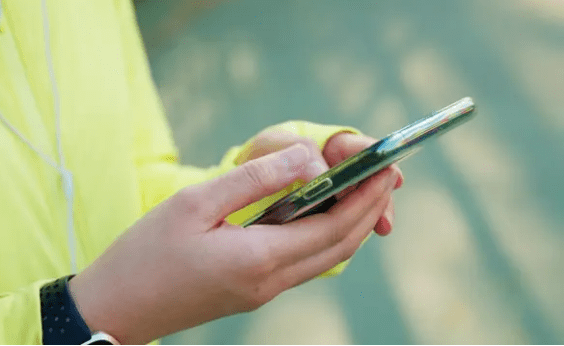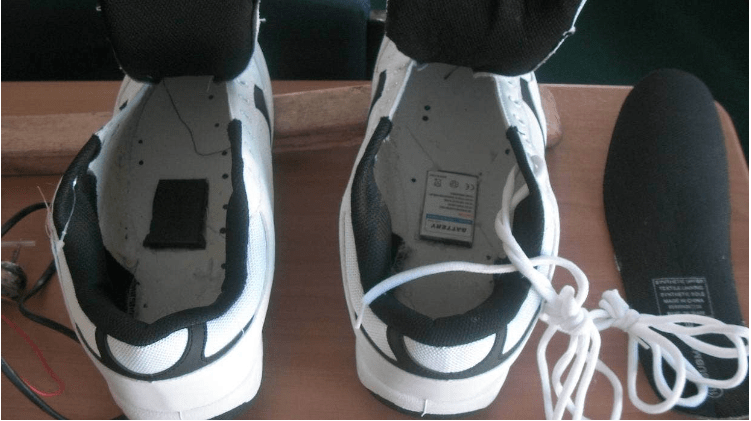
Corrections has removed all cellphone jammers from New Zealand’s prisons due to concerns regarding their impact on safety systems. The technology was introduced over a decade ago to prevent inmates from using smuggled mobile phones for illegal activities. The jammers, which cost over $17 million, have not been used since June. The move came after they were found to interfere with the new safety systems implemented recently.
Initially, the introduction of cellphone blocking was considered to be a major step forward in reducing reoffending rates of prisoners. However, with the removal of cell phone jammers, the issue of smuggling mobile phones into prisons may arise once again.
According to data obtained under the Official Information Act, there has been a significant number of cellphones seized from the country’s 18 prisons run by Corrections over the last three years. This raises concern about security breaches and the potential for illegal activities to occur within prison cells.
While the removal of jammers may pose a challenge to prison authorities, it also suggests that the safety of prison staff and personnel is of utmost importance. The decision to remove the technology may result in other innovative solutions for mitigating cellphone usage by inmates. Consequently, it highlights the need for continuous efforts to improve security systems within the country’s correctional facilities.”

According to the latest report, more than 626 cellphones and 750 associated items were confiscated by Corrections staff between January 2020 and November this year. This has raised questions about why prisoners would go to such lengths to smuggle in these devices, especially given that the prison reportedly had cellphone jammers in place to prevent their use.
However, it has been revealed that the jammers were actually removed in June, which would explain the high number of cellphones being found in the prison. The removal of these jammers is concerning as it puts both staff and other prisoners at risk, as inmates using cellphones could potentially be involved in illegal activities or pose a threat to the safety and security of the facility.
It is essential for the authorities to implement a more robust system for monitoring and preventing the smuggling of contraband items into the prison, including cellphones. This could involve better security measures and regular checks of inmates and their belongings. Without these measures in place, the risk of illegal activities within the prison will continue to pose a threat to the wider community.

ntly striving to stay ahead of new methods used to accomplish this. By utilizing new and advanced technologies, the department hopes to make the prisons a safer place for both staff and inmates alike.
The Corrections department is constantly seeking new and innovative ways to combat the introduction of contraband into prisons. To this end, they are exploring the use of emerging technologies in conjunction with the existing systems in place. The department has already introduced the use of full body imaging technology to detect contraband that has been concealed on or in a person’s body. This technology is currently being used at several sites in the country. In addition to this, the department also employs the use of detection dogs and Cellsense devices. These devices are capable of detecting various metals, including those found in cellphones, and can be used alongside screening and x-ray capabilities. The department acknowledges that some inmates will go to great lengths to introduce contraband into prisons, and they are consta

In 2018 Corrections admitted cellphone jamming technology created a communications blind spot near Rimutaka Prison, meaning residents of a child sex offender unit outside the wire could not be tracked on-site at the facility.
Cellphones could be used by inmates to put pressure on others outside the wire, or to co-ordinate drug deals, and other offending. In May this year nine prison staff at Rimutaka were suspended for alleged misconduct, including the smuggling of cellphones into the prison.
Drug and alcohol counsellor and criminologist Roger Brooking, who has been critical of the spending on jamm
ers from the outset, said it was not surprising that Corrections had ditched the technology.
“They don’t work. They never have worked,” he said.

According to the accounts of some prisoners, they have found pockets within the prison where the jamming signal does not seem to penetrate. This has allowed some inmates to continue using their cellphones to carry out illegal activities such as drug trafficking or to keep in touch with their families. The use of cellphone jammers is usually aimed at preventing inmates from accessing the outside world and coordinating criminal activities. However, it appears that there are still loopholes within the system that criminals are exploiting. As such, prison authorities need to continuously evaluate and enhance their jamming technology to enhance security in the facilities.